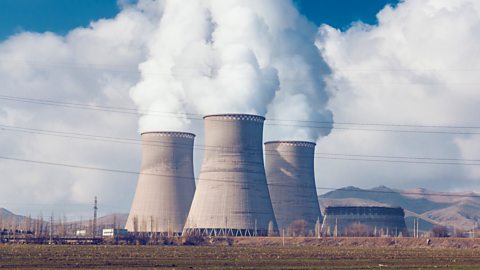Human activity and biodiversity
Human activity, such as deforestationThe cutting down of trees., burning fossil fuels and using excess fertiliser, can have a negative effect on biodiversity.

Other human activities are trying to reverse or slow down these negative effects.
If the current level of deforestation continues, rainforest resources will be completely destroyed in the next few decades.

In order to address this problem, some countries have developed sustainable woodlands.
Within these woodlands, timberWood used in building and making furniture. can still be harvested in a controlled way.
They have adopted the following strategies:
- Only a small number of large trees are harvested at the one time.
- sapling A young tree. are planted to replace the trees harvested. This is called reforestation.
- Harvesting of the same area does not happen again until the medium trees have grown to become large (after a period of 25ŌĆō30 years).
International treaties
International treaties (Kyoto, 1997 and Paris, 2015) are ways in which humans are trying to reduce global carbon dioxide levels by agreeing to international strategies.
They are legally binding and in 2015, 195 countries signed up to bring about positive change in this field.